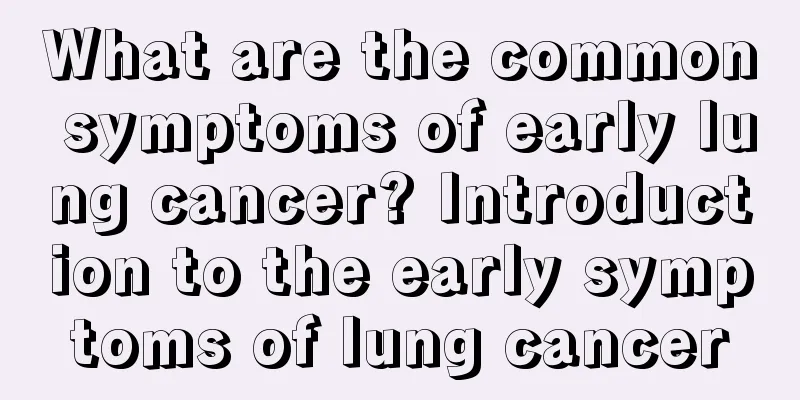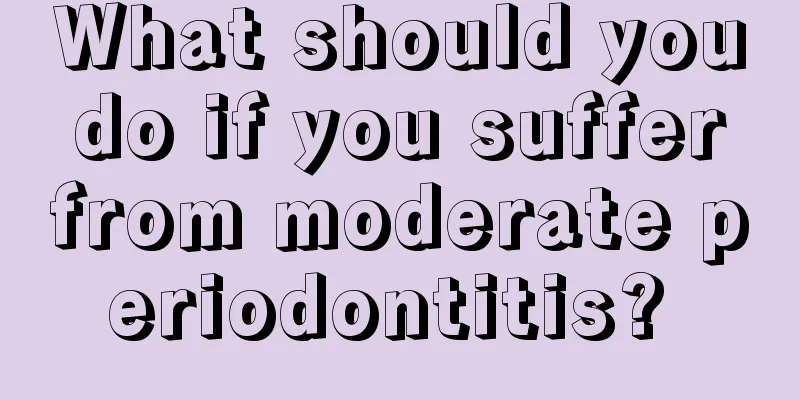Treatment methods and prospects for nasopharyngeal carcinoma

|
Nasopharyngeal carcinoma is a common head and neck malignant tumor in my country. Radiotherapy is the main radical treatment method and has been used in the treatment of nasopharyngeal carcinoma for more than 80 years. By the end of the last century, the 5-year overall survival rate after nasopharyngeal carcinoma treatment had reached 60%. With the widespread use of CT simulation and 3D treatment planning systems, the level of radiotherapy has been improved again, and the 5-year survival rate of patients has increased again. In the mid-to-late 1990s, the birth and development of intensity-modulated radiation therapy (IMRT) technology made the shape of the high-dose area of the radiotherapy plan consistent with the shape of the tumor target area, thereby better protecting the normal tissues and organs around the tumor and benefiting more nasopharyngeal carcinoma patients. Chemotherapy is another effective means of treating NPC. Combining it with radiotherapy can further improve the treatment effect of NPC. Currently, chemotherapy and chemoradiotherapy include induction chemotherapy, concurrent chemoradiotherapy, and adjuvant chemotherapy after radiotherapy. Concurrent chemoradiotherapy is the standard treatment for locally advanced NPC. Many studies have shown that concurrent chemotherapy during radiotherapy can significantly improve the radiosensitivity of tumor tissue and increase the efficacy of radiotherapy; adjuvant chemotherapy after radiotherapy is beneficial to reduce distant metastasis and recurrence rates. Molecular targeted therapy is a breakthrough and revolutionary development in cancer treatment in the 21st century, and represents the development direction of cancer treatment. Radiotherapy combined with molecular targeted therapy can significantly improve the local control rate and survival rate of nasopharyngeal patients and prolong the survival time of patients. In short, nasopharyngeal carcinoma is a curable malignant tumor. The combined application of existing treatment methods has greatly improved the treatment effect. With the continuous development of radiotherapy technology, the continuous emergence of molecular targeted drugs and the continuous advancement of chemotherapy drugs, the treatment prospects of nasopharyngeal carcinoma will definitely become brighter and brighter. |
<<: Two types of urinary diversion after total cystectomy
>>: Differential diagnosis of bone cancer and benign bone tumors
Recommend
The main diagnostic methods for bone cancer
It is very important for patients to diagnose bon...
What is neurofibromatosis?
Neurofibromatosis is a common genetic disease, wh...
Tips for dealing with sudden diarrhea
The baby's health is a very common situation ...
How to make homemade donkey-hide gelatin cake
Donkey-hide gelatin is known for its ability to n...
Which enzyme is the best for detoxification?
There are various kinds of enzymes on the market ...
Causes of chloasma on face
In modern society, people pay more and more atten...
What is the more scientific nursing method after bladder cancer surgery
Everyone wants to have a healthy body, but there ...
How much does glioma cost
Glioma does not appear often in our lives, but th...
The pain in the buttocks is caused by these reasons
There are many local pains in life, such as shoul...
Is daily fragrance harmful to the skin?
Everyone wants to smell good, so it is inevitable...
What's the matter with thin and yellow hair
Thin and yellow hair is a problem that many peopl...
How much does liver cancer resection surgery cost approximately
If it is liver cancer, the specific cost of surge...
What are the clinical manifestations of pontine infarction?
The impact of pontine infarction is relatively la...
Is eating an apple at night a poisonous apple?
The nutritional value of apples is relatively hig...
What are the early symptoms of liver cancer? Three early symptoms of liver cancer
Liver pain, liver cancer can cause sudden severe ...









